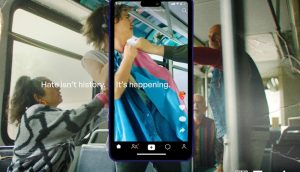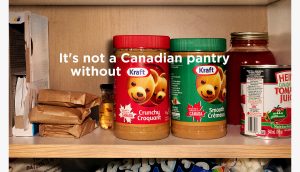It’s clear that consumers across all demographics have rapidly increased the amount of time they spend consuming digital media. But when it comes to marketing budgets, investments are grossly misaligned with consumer habits.
With the recent shift in media and marketing attention to this space, it makes sense that online marketing spend has grown as well. PwC and the IAB (US) recently released online ad spend for ’07, which was estimated at $21.1 billion (up 25% from ’06). Canadian numbers will be reported in April or May, and will likely parallel the US results in terms of growth rates.
The problem is that despite growing digital media spend, marketers are far behind and barely keeping up. According to various sources (eMarketer, Forrester Research, etc.), the average North American spends 20-30% of their media consumption time in digital channels. Yet similar studies show that the average marketer allocates 8-10% of budgets to digital channels, proving that marketing budgets are significantly out of line with consumer habits.
AdAge recently reported that top agency holding companies disclosed that just 12.3% of their total revenue was attributed to digital sources – which is yet another indicator of the gap in marketing investment by major marketers. In order to close this ‘relevance gap,’ marketers are challenged with aligning their presence with the daily habits, trends and realities of consumer behaviour.
This relevance gap has existed for at least four years, and similar gap numbers were summarized in 2004 by MSN. Furthermore, it doesn’t look like any significant progress will be made in closing the gap in the near future. According to ZenithOptimedia, the estimate for 2008 worldwide Internet spending is $44.6 billion (9.4% share of media spend), and Group M estimates digital media spend at $48.4 billion (10.1% of media spend). Again, both estimates are a far cry from the percentage of time consumers spend online.
This relevance gap is also compounded by the fact that many estimates of consumer time spent in digital media exclude two very engaging and time-consuming activities: mobile and gaming. When you evaluate these digital marketing activities, you recognize the same issues with significant underspending in both channels.
There are brands that seem to ‘get it’ better than others. In mid-March, GM declared that over the next three years, it intends to shift 50% of its marketing budgets to digital and direct channels. This major shift will affect its marketing organization, suppliers and agencies, and is a bold public statement. However, it shouldn’t be a surprise, considering that research shows approximately 70% of consumers walking into a dealership have already conducted online research.
Unilever is another marketer that seems to understand the digital marketing medium. For years, it has executed compelling digital programs across its diverse portfolio of brands, including Axe and Dove. A third example is Kimberly-Clark, which reportedly increased its ‘non-traditional’ media spend (digital, in-store, etc.) from 10% to 34% during 2004-2006. Although this news is encouraging, these marketers are in the minority.
To address this problem, marketers need to consider changing their focus from traditional media approaches such as reach, frequency, impressions, etc., to a focus on share of relevance. The challenge is that even if marketers wanted to align their budgets purely from a media-buy perspective, there wouldn’t be enough ad inventory to absorb it.
Ultimately, this means that marketers need to look beyond traditional online advertising and instead market to consumers by developing compelling digital content via engaging activities such as branded entertainment, gaming and mobile marketing. More importantly, marketers need to treat their own in-house web properties as media channels, and ensure that the millions of visitors coming to corporate sites are engaged with a valuable and rewarding experience.
The marketers that effectively close the relevance gap have the best opportunity to build lasting relationships with their customers, before the competition does.
Adrian Capobianco is VP, interactive marketing for the Toronto-based Fuse Marketing Group.























